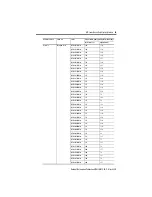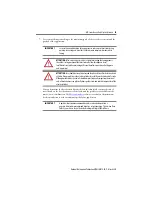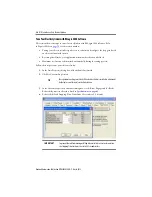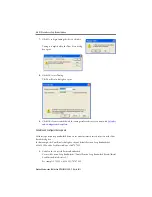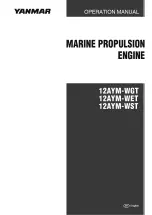
MP-Series Heavy Duty Electric Cylinders
35
Rockwell Automation Publication MPAI-IN001E-EN-P - March 2012
7.
Set overtravel limits according to the maximum speed of the servo drive system and the
payload of the application.
You can determine the deceleration distance before the thrust rod contacts the end of
travel based on the deceleration rate of the load, and the peak force available from the
motor/screw combination. Use
software to calculate the minimum
deceleration distance at the maximum speed of your application.
IMPORTANT
Set travel limits and direction of tuning moves in reference to thrust rod starting
position. Leave adequate travel for the thrust rod to complete its moves while
tuning.
ATTENTION:
Software overtravel must be set prior to initiating the tuning process.
Check the starting position of the thrust rod and allow for adequate travel.
Insufficient travel while auto tuning will cause the software overtravel to trigger an
end-stop impact.
ATTENTION:
Care should be taken to not exceed the physical travel limits of the electric
cylinder. Doing so will cause the electric cylinder to reach the mechanical end-of-stroke.
Although protected by the end-of-stroke bumpers, frequently impacting the internal
end-of-stroke bumper can physically damage the screw and internal components of the
electric cylinder.
IMPORTANT
A positive-direction move command denotes a rod extend operation: a
negative-direction move command denotes a retract operation. This is when Drive
Polarity is positive, which is the default setting in RSLogix 5000 software.













